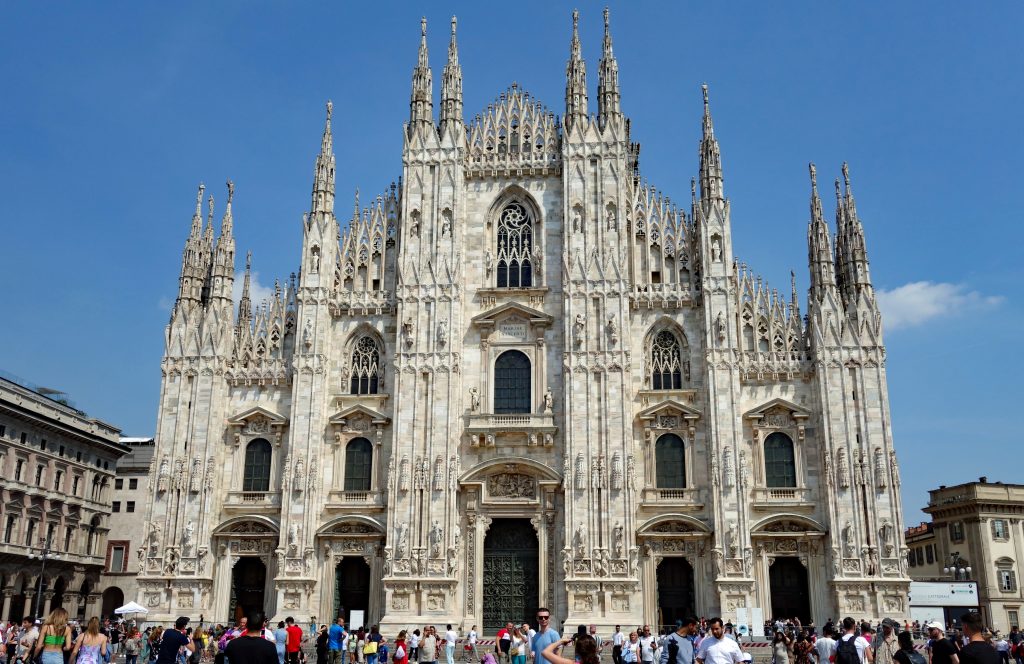
Looking good in Milan is an art form, but life as a nomad means living out of one suitcase, leaving no room for “fashionable” clothing. However, it’s still entertaining to wander past the high-end designer stores doing a little window-shopping, ogling at the outrageous designs and the matching price tags!!! Milan is home to all the major design showrooms as well as hosting endless rounds of fashion shows and trade fairs.
We came to Milan because we have never been here and thought the city warranted a visit, especially the famous Milan Duomo. Actually, Milan was Blair’s idea, I could have cared less about another big city but I became enchanted with the city during our stay. Our apartment was in the city center and within walking distance to all the major sights, an absolute necessity in this city of 3 million people with impossible parking and a congestion charge if you drive in the city center. There are cameras situated on inner-city roads that will take a picture of your license plate, you then have to log on to the appropriate website and pay the congestion charge. We made sure to rent an apartment that included an underground space for our car and left it parked the entire 6 days we were here!
The day we arrived in Milan was hot and sunny so we meandered over to the Naviglio Grande Canal, a trendy waterway packed with bars, cafes, restaurants, art galleries and boutiques. The canal dates back to 1177, making it one of the oldest navigable canals in Europe. Unlike most major cities in Europe, Milan has no river running through it so the city had to make one for itself. Between the 12th and 17th centuries, a network of Navigli (canals) was developed in order to grow the landlocked city’s wealth and influence. The canal system was connected to two rivers, one 25km away and one 35km away. The canals were used right up until 1920 to transport goods into the city and more significantly were used to transport the marble to build the iconic Milan Duomo. Over six centuries, the distinctive pink-streaked marble was shipped from caves near Lake Maggiore, more than 90 km away. During mid-20th century modernization, most of the canals were buried under roads and buildings with a few last traces left in the Navigli district and some in the north of the city. These days the canals have become an attraction in their own right, both with locals and tourists.
Milan’s Gothic cathedral, 600 years in the making and the 5th largest church in the world, is a vision in pink Candoglia marble. The pearly white facade adorned with 135 spires and 3400 statues impressed us with its extravagant detail. The Milan Duomo was a mere 20 min walk from our apartment so we had the opportunity to head in that direction a few times during our stay. Our host recommended we book tickets to access the rooftop as well as the cathedral, so we did just that. There are a variety of ticket options and with a heatwave gripping the city during our stay, we chose a ticket that included an elevator ride to the top costing 21.50 Euros (USD $22.63) each.
After enjoying an up-close view of the spires, sculptures and gargoyles we took the stairs back down and popped out inside the cathedral. Showing our tickets once again we gained access to the central nave of the church. My favorite part was the three enormous stained glass apse windows.
We made a couple of visits to the soaring neoclassical Galleria Vittorio Emanuele II, an elegant 19th-century shopping arcade. Not only is it a gorgeous landmark building covered by a glass and iron dome but it’s famous for its high-end boutiques (the original Prada store is located here) and equally high-end dining. We enjoyed window shopping, people watching and had a great lunch there.
Next to the Galleria is the upscale department store Rinascente, here too you can find all the name brand designer clothing but my favorite floor was the top one. Here I found “designer” chocolates, macarons, sweets and a Moet & Chandon champagne bar 😋 Plus there are three rooftop restaurants, all with views of the Duomo. My only designer purchases these days are consumable!!
Of course we had to take a walk down the side streets of the nearby fashion district where the most famous designers in the world have their houses. Walking past Gucci, Prada, Louis Vuitton, Armani, Dolce & Gabbana, and Versace was interesting to say the least, I’m not sure I understand high fashion. My drool-worthy favorite was the Harry Winston store with gorgeous jewels on display!!
Milan is full of churches and our host recommended a few small ones that might be of interest. The first was the Santuario di San Bernadino alle Ossa where we found a small chapel filled with human skulls and bones 😳 This church dates from the 13th century when its ossuary was used to bury plague victims from nearby San Barnaba hospital. It was rebuilt in rococo style in 1679 after it collapsed beneath the fallen bell tower of adjacent Santo Stefano. The walls of the new ossuary, with its frescoed vault, are now lined with a macabre design in human bones, finished with the skulls of condemned prisoners. Unusual to say the least!
The next one, Chiesa di Santa Maria presso San Satiro is just off Via Torino, a main thoroughfare through the city, but very few people notice this small church. Its claim to fame is the Trompe l’oeil painting by Donato Bramante done in the late 1400’s…what the heck is trompe l’oeil? That was my question too, well it is an art technique used to create an optical illusion that the depicted objects exist in three dimensions. We have seen this visual deception a few times in our recent travels, most notably in Rome. This particular painting by Bramante was done as a false apse on a wall only 90 cm/3 ft deep but looks much larger than that. It was pretty darn impressive!
Our final small church was the Chiesa di San Maurizio al Monastero Maggiore, one of Milan’s hidden crown jewels. The church was originally attached to the most important female convent of the Benedictines in the city, Monasterio Maggiore. The church is famous for its cycle of breathtaking frescos from the 16th century covering every inch of the walls. We were very lucky to have one of the volunteers begin speaking to us explaining the history of the church and the importance of the paintings.
There is a dividing wall in the middle of the building separating the church from the convent hall, which you can reach by ducking through a small doorway to the left of the altar. A grate in the wall allowed the nuns to watch the service, but they were forbidden to cross the divide until 1794. Within the convent hall is a magnificent organ installed in 1557 by Gian Giacomo Antegnati, who also built the organ in the Milan Duomo. Attached to the organ are two doors, and when closed they protected the pipes from smoke and dirt.
Off in one corner of the convent hall, I discovered a trilogy of rare frescoes depicting Noah’s ark. The artist is unknown but was possibly painted by Aurelio Luini in 1556. The large central fresco shows the animals boarding the ark two by two with God appearing to be speaking to Noah, note the two unicorns boarding the ark 🦄 🦄 The second fresco depicts the flood and the despair of those left behind while the third fresco shows a dove and a rainbow indicating God’s promise never to flood the entire earth again. This tiny church is worth a visit if you are in Milan.
The most significant visit of our time here in Milan, aside from the Duomo, was to see one of the most famous paintings in the world…Leonardo da Vinci’s Last Supper. The painting is hidden away on a wall of the refectory adjoining the Basilica di Santa Maria della Grazie. Depicting Christ and his disciples at the dramatic moment when Christ reveals he’s aware of his betrayal, it’s one of the world’s most iconic images. The painting was created from 1494 to 1498 when Leonardo abandoned the traditional method of fresco painting, painting this scene using a dry technique, similar to that used for painting on panels. This method allowed Leonardo to meditate on the execution of the work and afforded him the possibility of making changes, but this hastened its deterioration and makes it extremely fragile. To combat this, the room is climate controlled and visits of 25 persons at a time for 15 minutes is enforced. Tickets to view the Last Supper cost 15 Euros (USD $16.30) each and can be bought here on the official website. The last time we experienced such strict climate controls was at the Scrovegni Chapel in Padua, which is also worth a visit! Amazingly Leonardo’s fresco survived a bombing during the second world war when pretty much the rest of the building was destroyed. At the other end of the hall is a large fresco by Giovanni Donato da Montorfano entitled The Crucifixion, created in 1495 at the same time Leonardo was painting The Last Supper.
Milan was a bit of a reluctant stop on my part but now that we have been here I am quite taken with the city and would enjoy coming back to explore further. Although perhaps not when they are in the middle of a plus 30 Celcius heatwave!! So until next time…ciao Milano.
Trip Tips
If you want to see Leonardo’s “The Last Supper” try to buy tickets as soon as they go on sale because they sell out quickly during the busy tourist season.
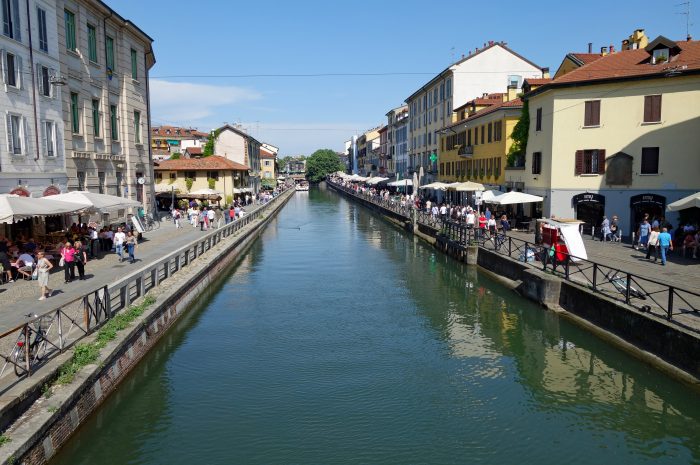
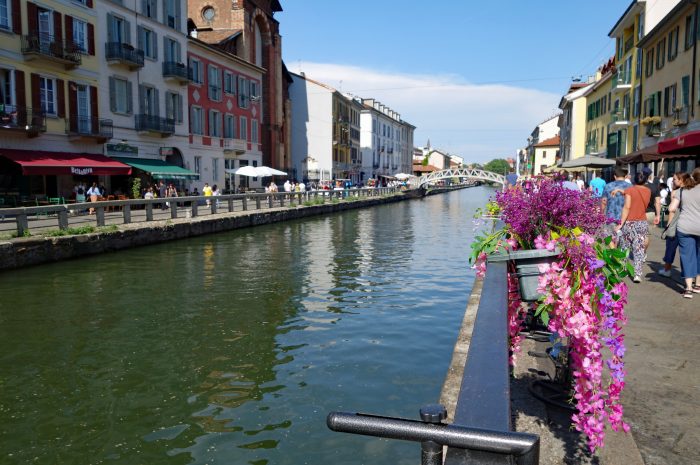
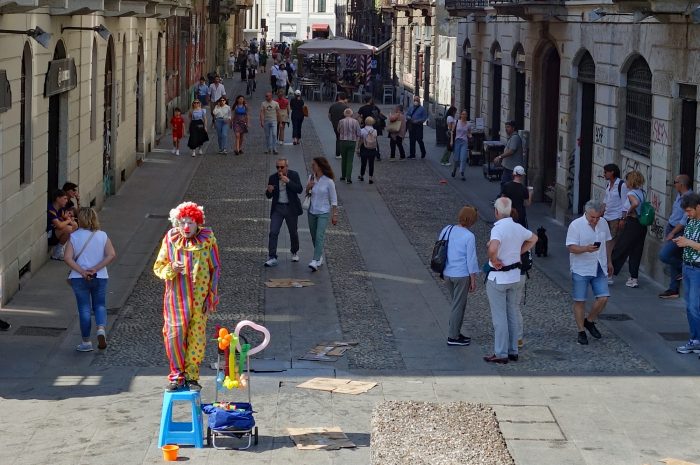
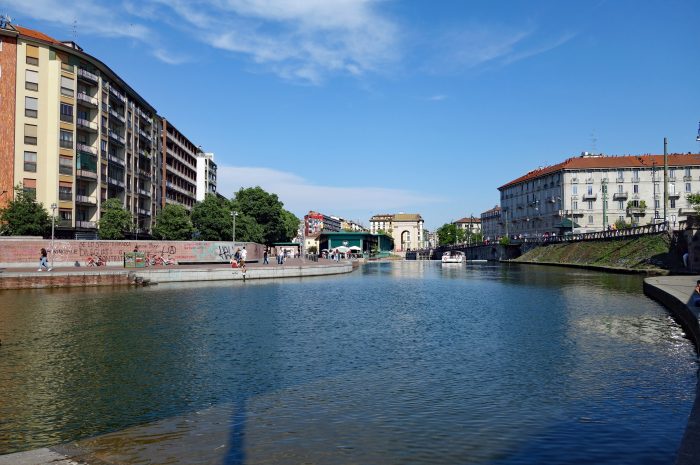
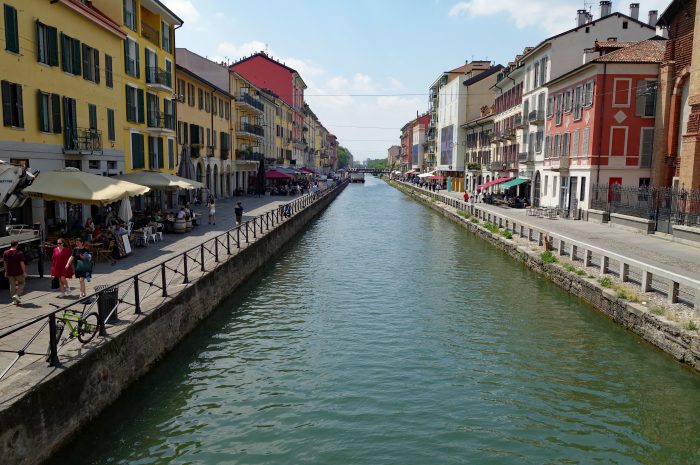

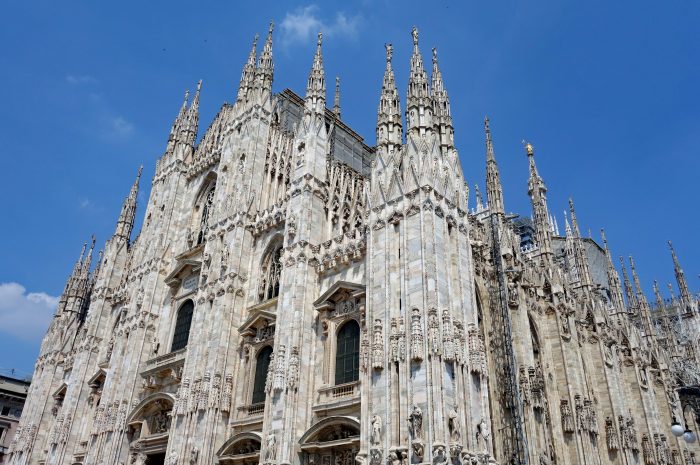
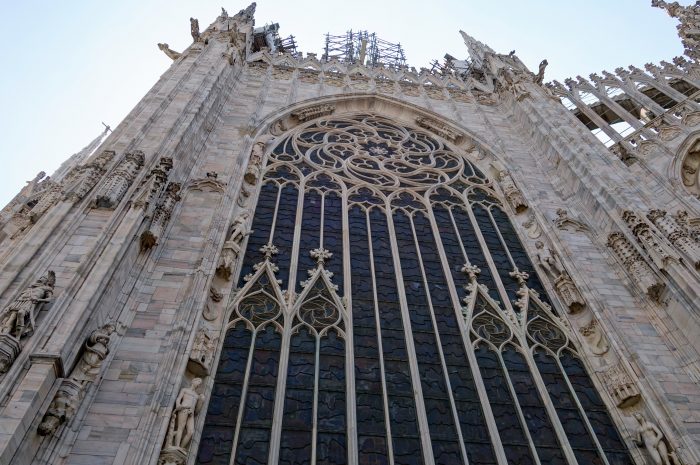
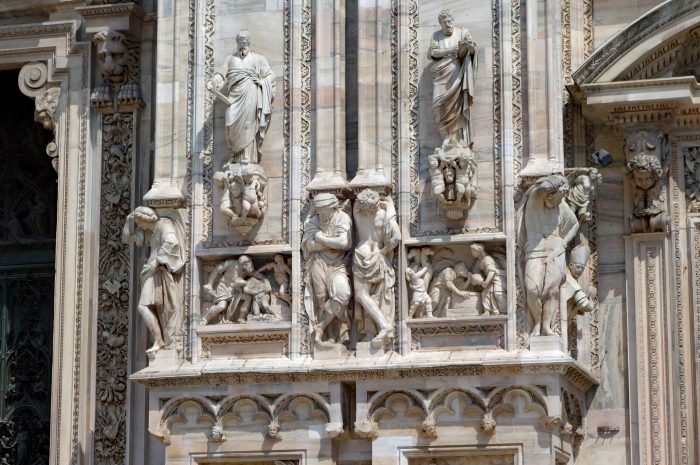

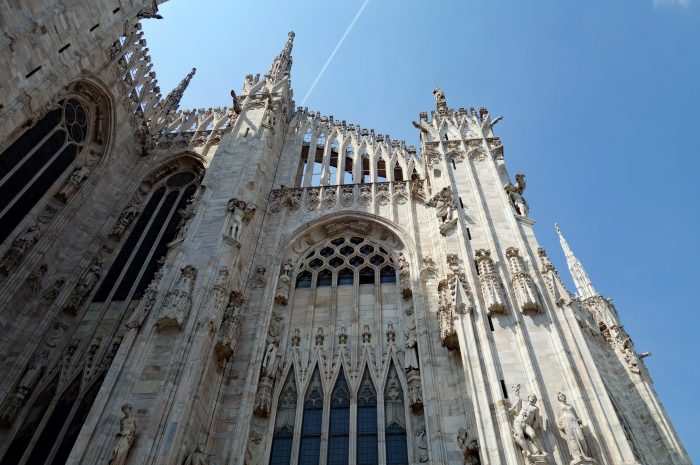

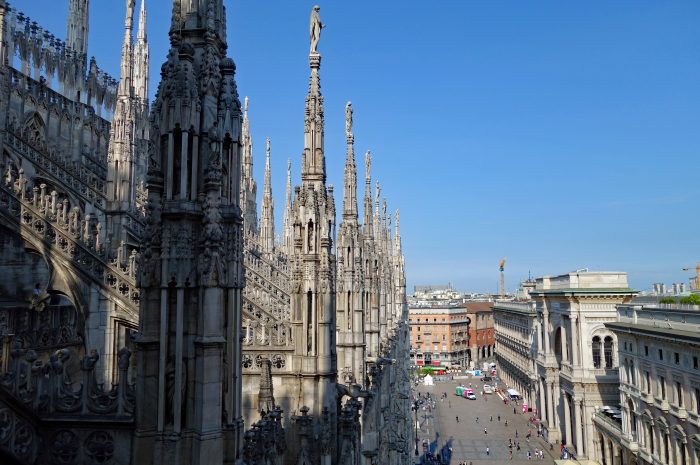
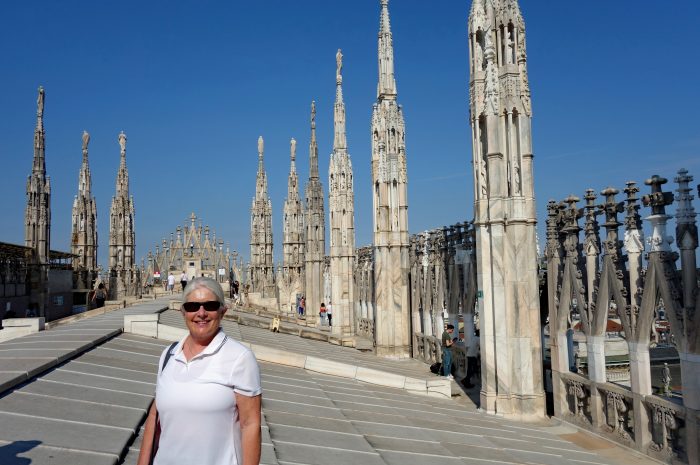

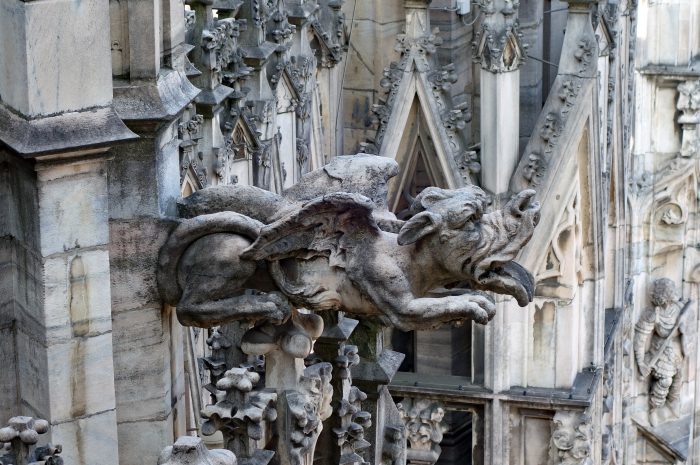


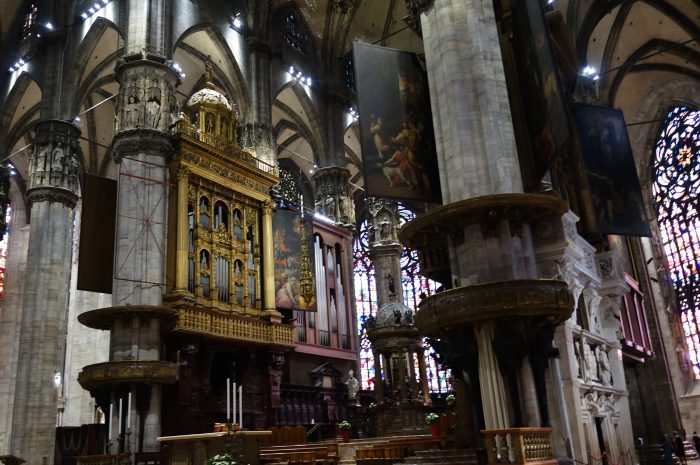
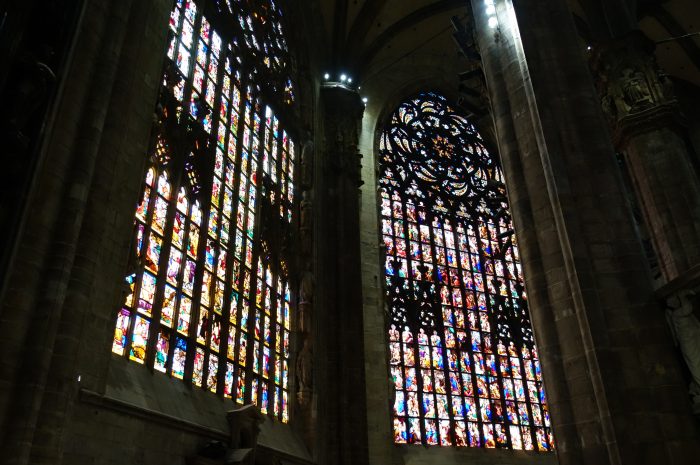
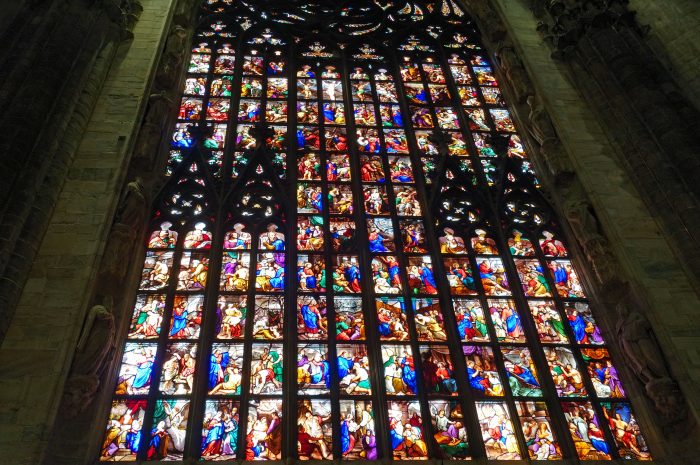

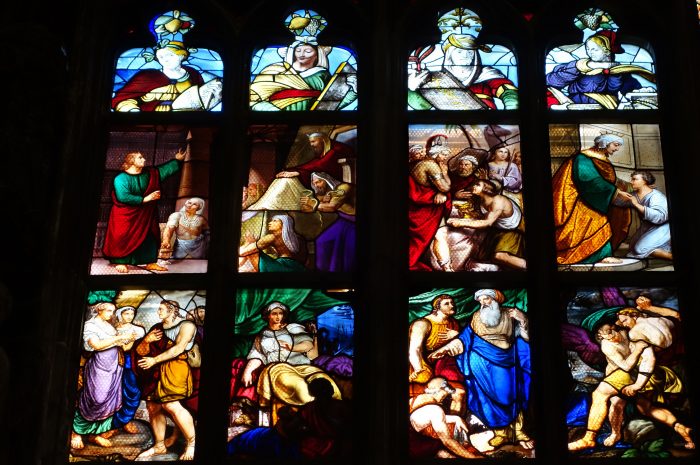

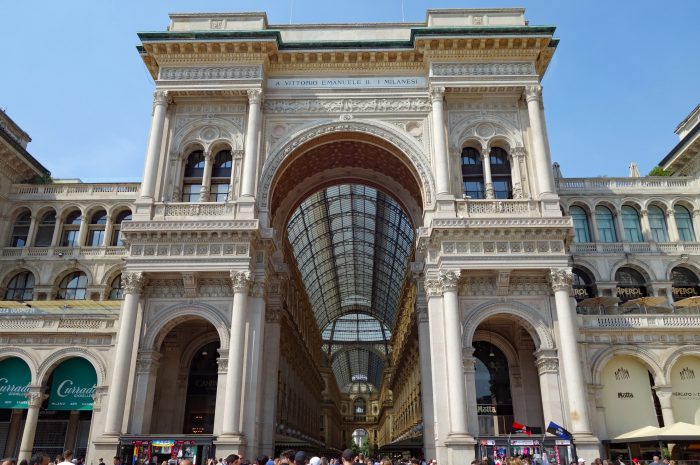

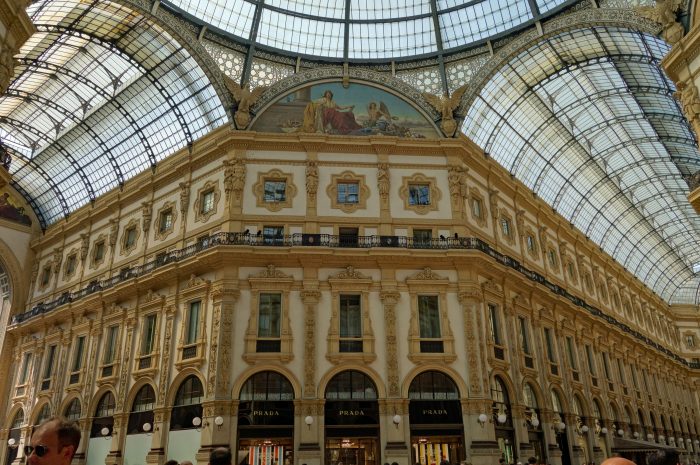
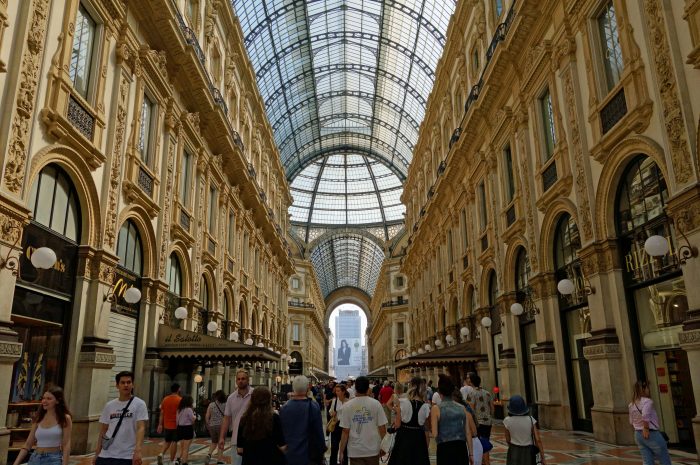


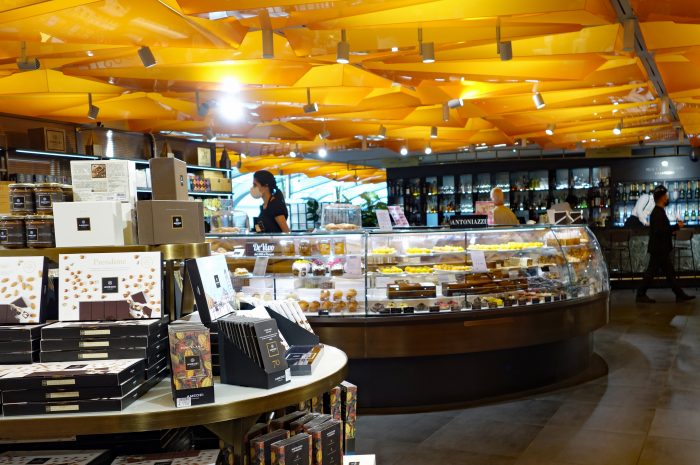


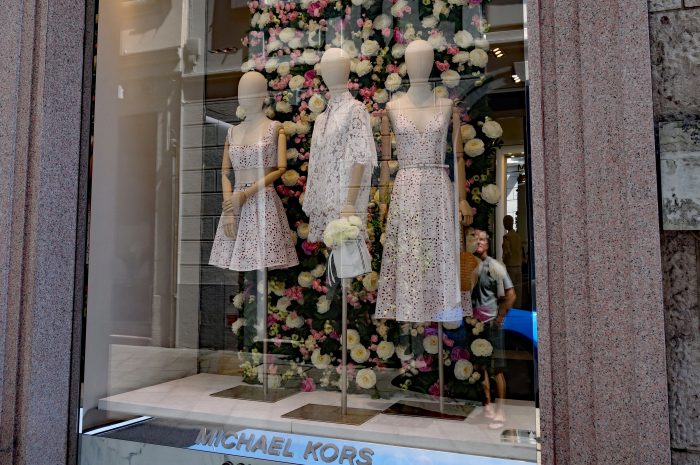
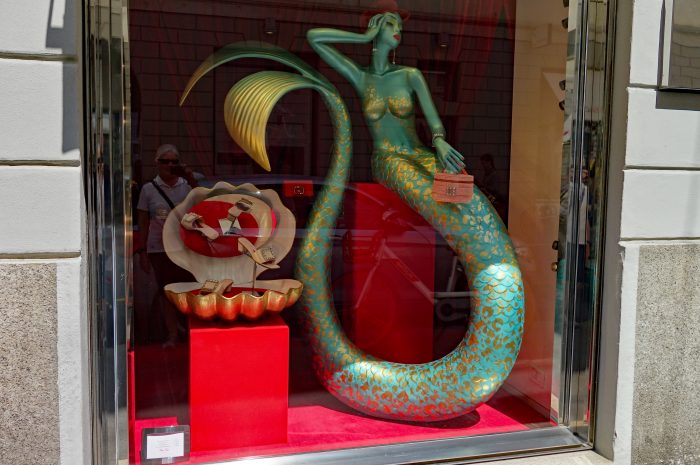
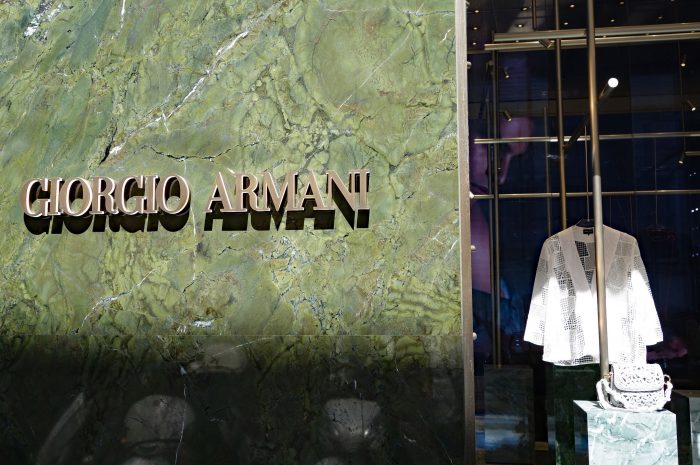
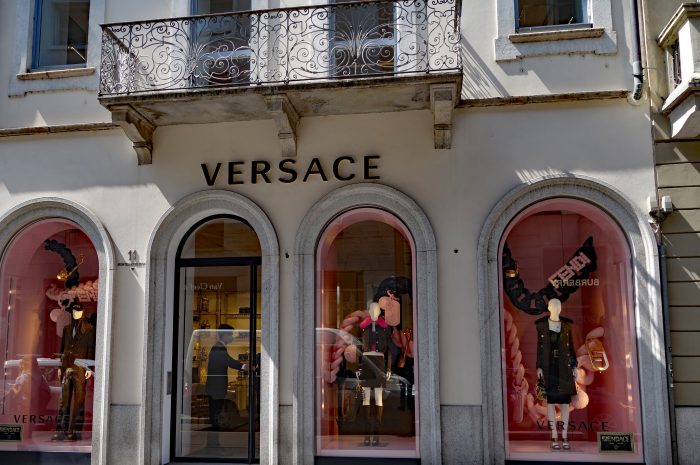

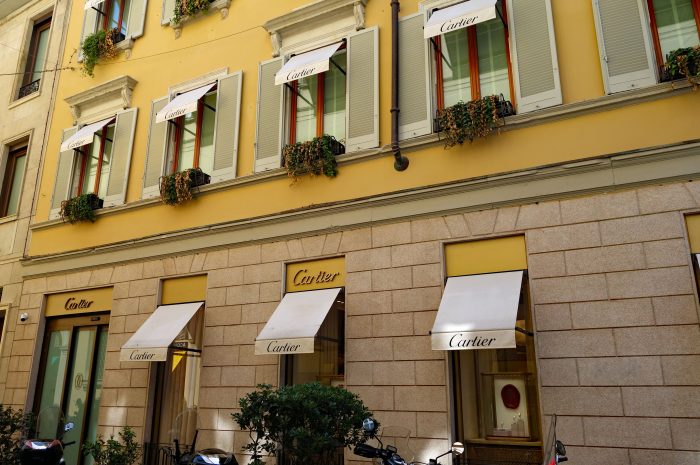
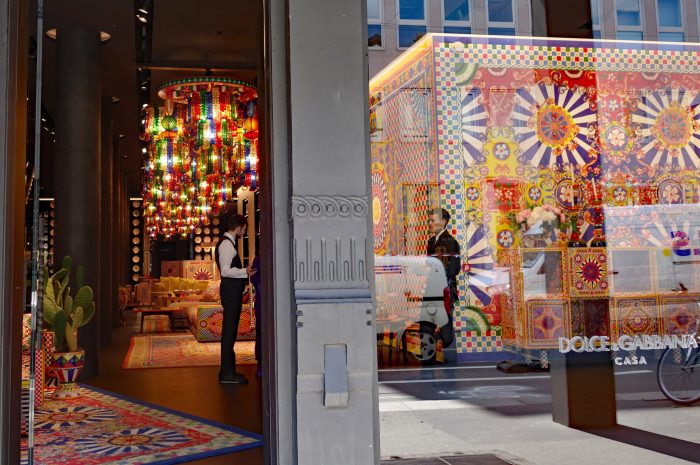
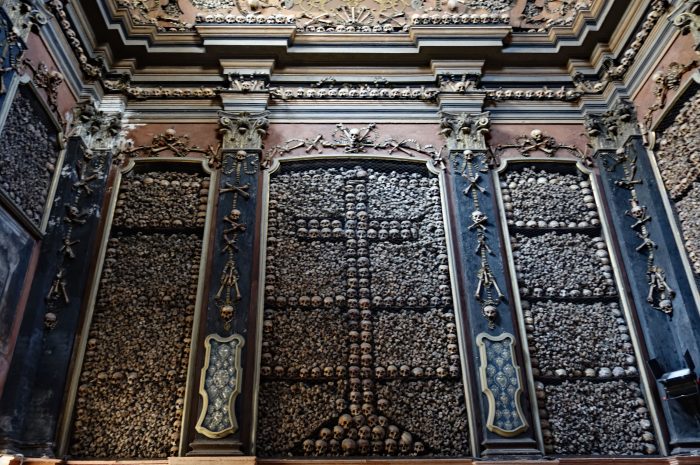


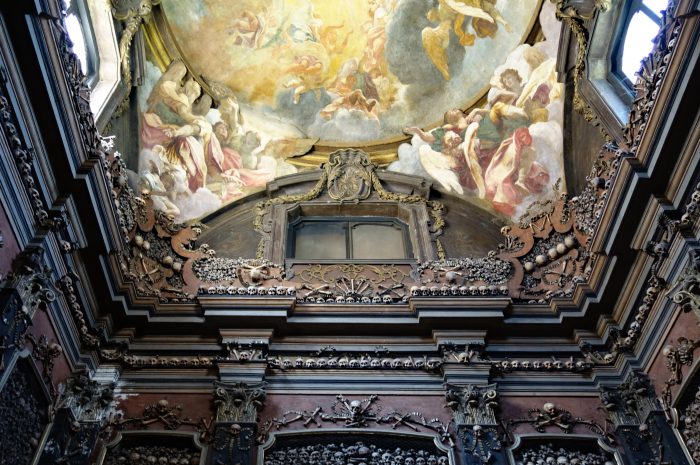
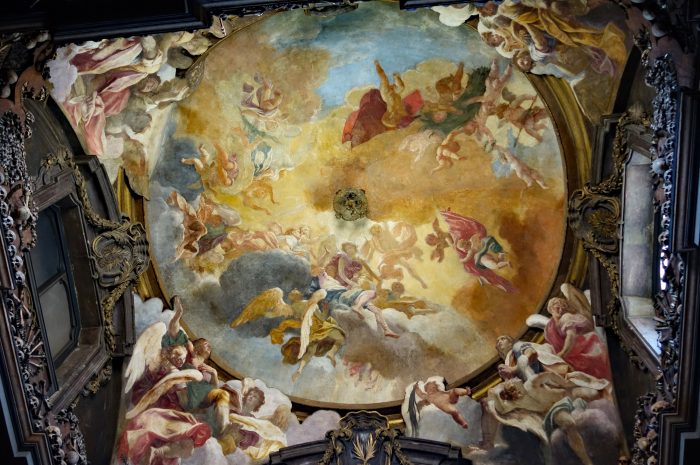
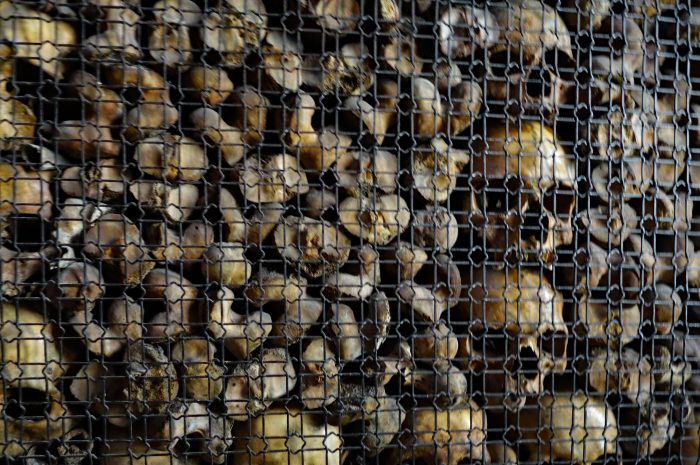


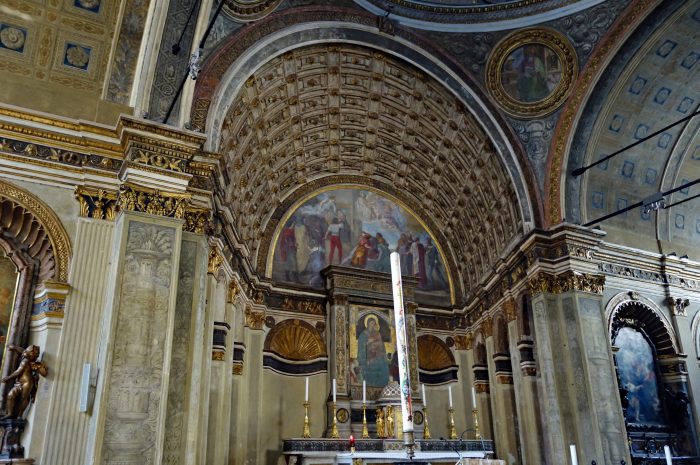


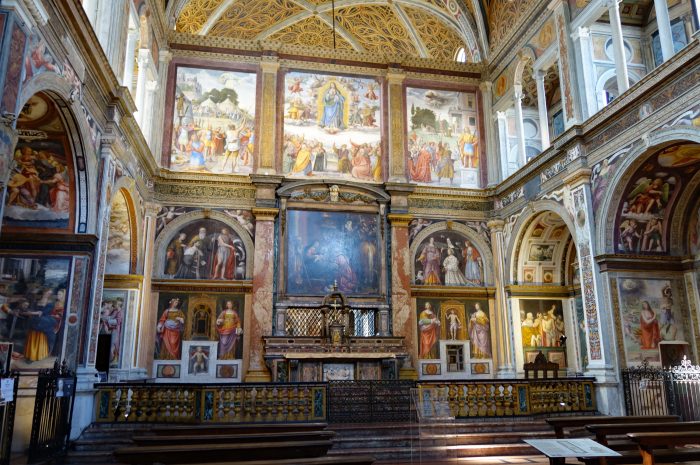
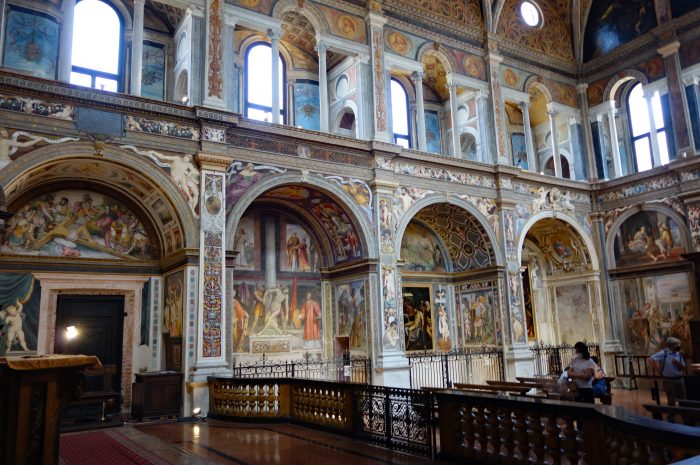
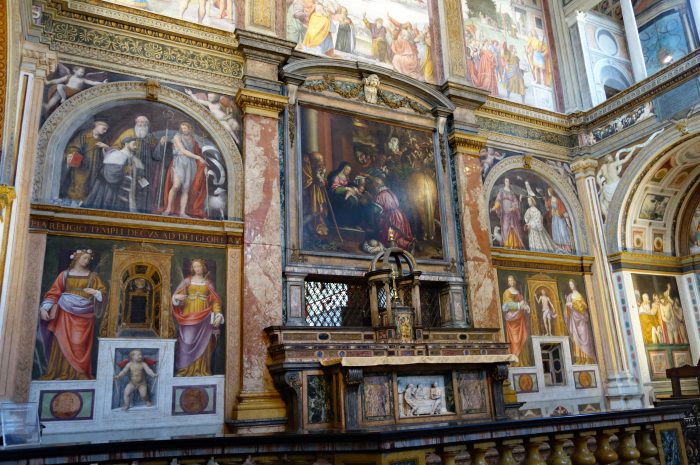
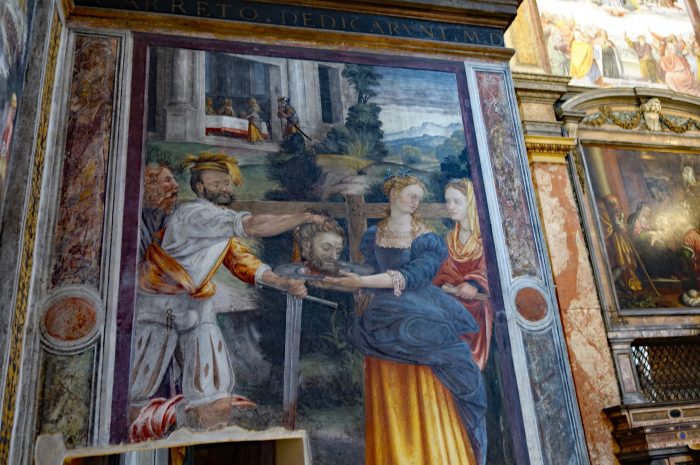
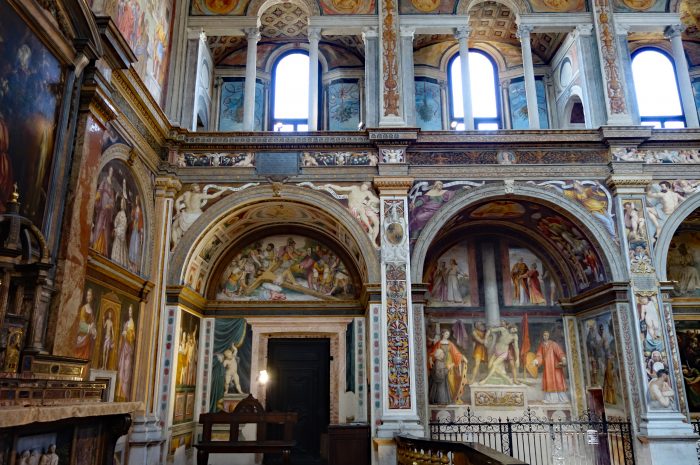
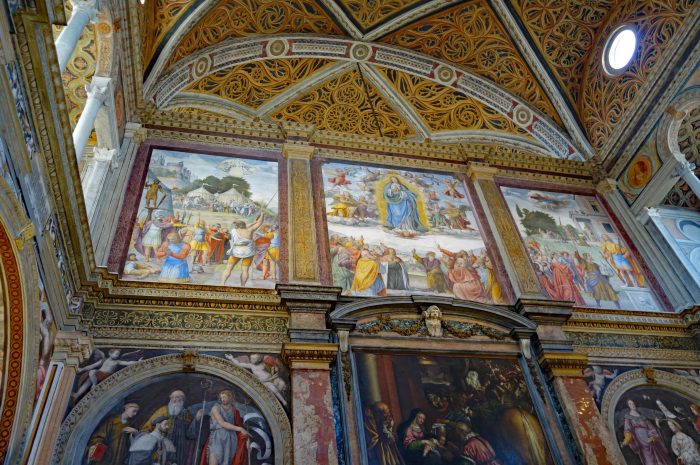
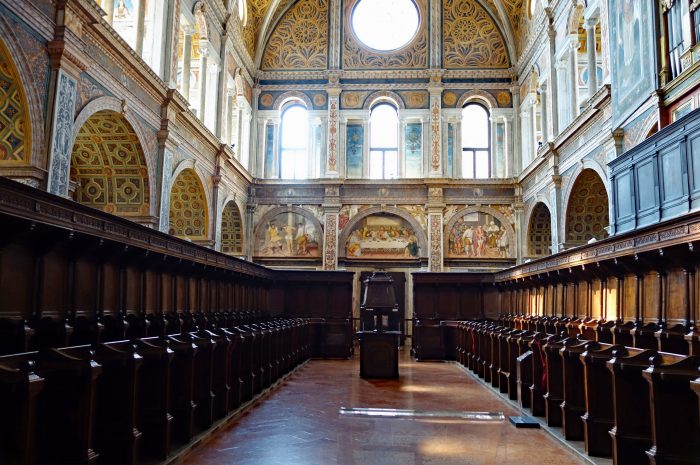

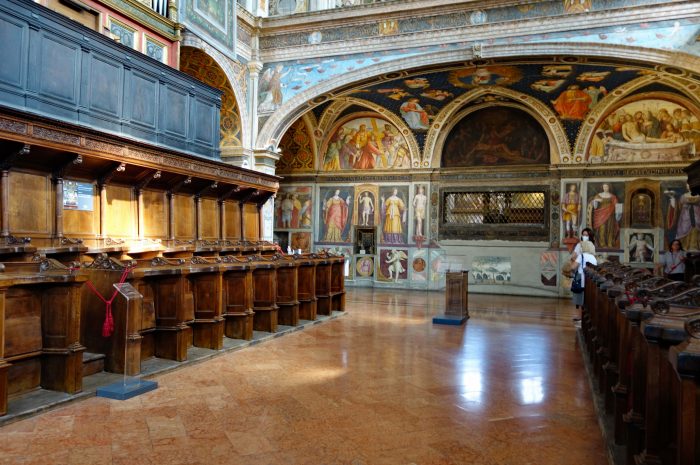
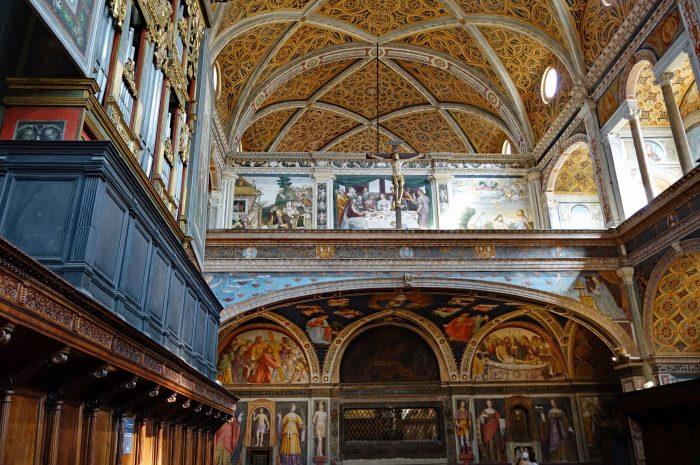


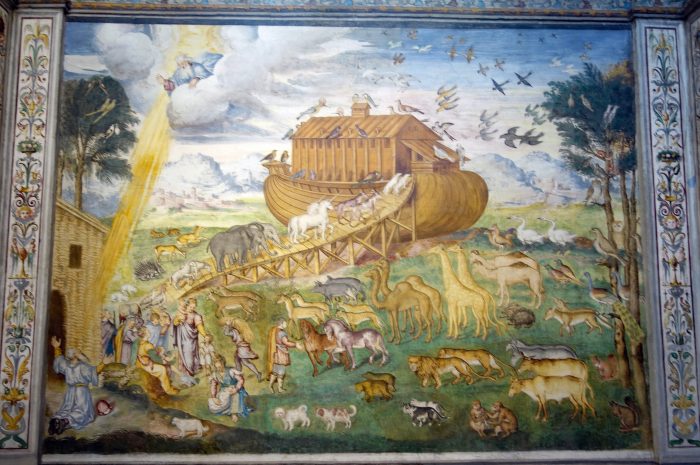
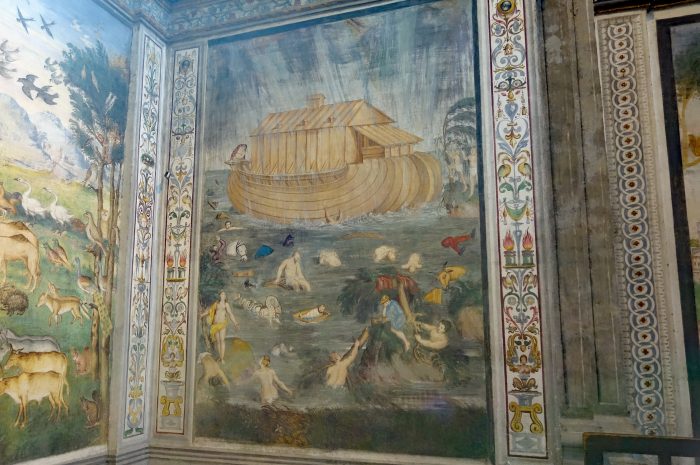

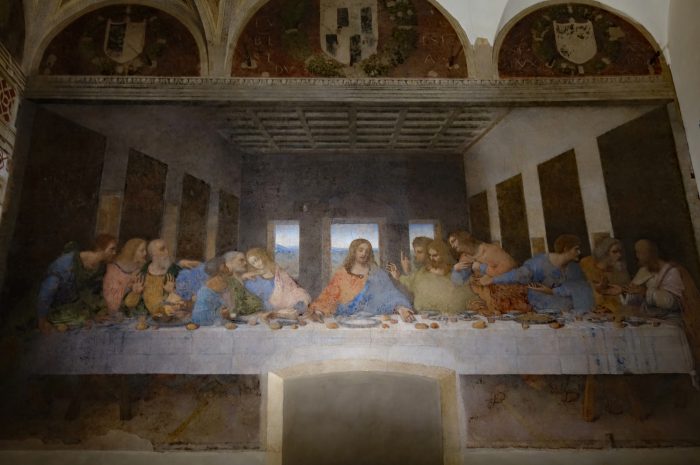
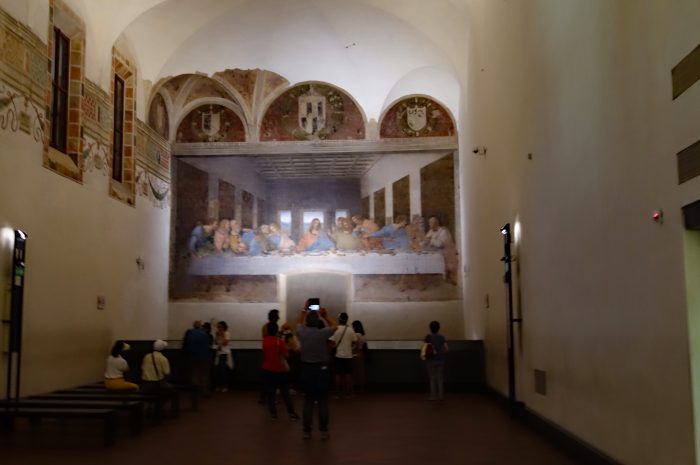
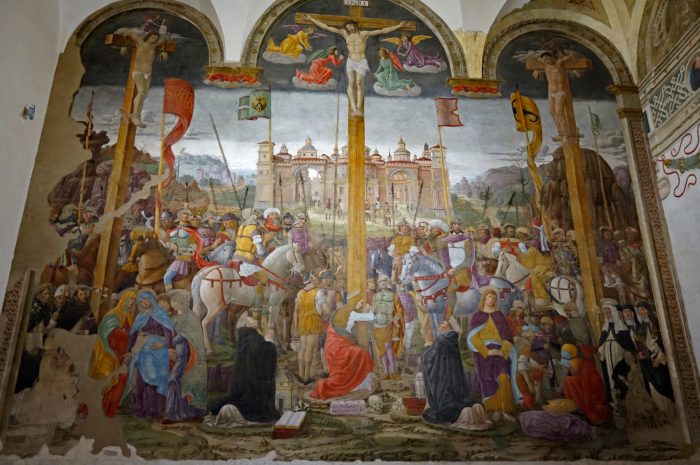
Susan, you do an amazing job of describing what you see from your eyes and so so from Blair’s eyes. It’s as if we are there. Lucy and I wish you a speedy recovery so you can continue on your Nomadic journey and share your experience and amazing pictures. Best.
You do love your Duomos! I visited Milan one summer when I was a student. I was staying on Lago Maggiore teaching English to two young Italian boys. In Milan I remember having to wear a head scarf to hide my long blonde hair! Continue having happy and safe travels!
I imagine Milan was quite a bit different in those days, but what an experience that must have been. Thanks for following our journey and we always love your comments 💕
As always amazing pictures and so much wonderful information! Thanks !! I love reading and seeing about places I am sure I will never visit!! Keep having fun💕💕
Thanks Barb! It is such a joy to travel, discover new places and learn some history. So happy we can share and that you enjoy traveling along with us 💕
So interesting! The churches/cathedrals hold so much history!
I agree, we look at churches/cathedrals as museums with so much history and artwork to discover.
What an inspiring post! Your photos are stunning … well, maybe except for the skulls, which made me cringe a bit (just macabre). Thank you for sharing Milan with us! (Sigh… add one more city to my “to do” list….)
Thanks Rose! Definitely consider a visit to Milan, I was surprised at how much I enjoyed my time there and would certainly go back. I have no doubt you have a very long list of places to see, especially after your world cruise 😊